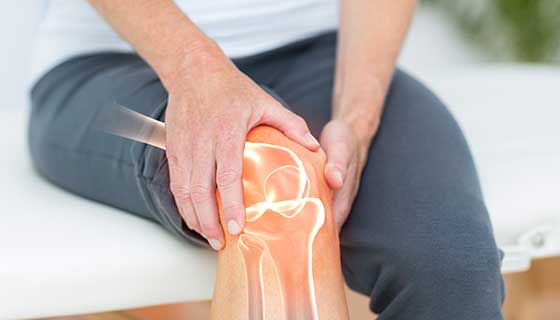Hi all,
After playing for 2hrs my knees feel unstable and fatigued. I'm okay after a days rest but I want to play more often. I do need to get new shoes but that is more of a band-aid than solving the real issue. Wondering if there is a deliberate way to practice moving in a way that will put less stress on knees?
I have a pretty big split step, and change directions more like a nfl running back since I cant really slide.. I feel a more laid back approach is necessary for longevity at this point. I avoid doing squat workouts consistently as I lift on my off days and don't want to risk further injury to my already sensitive knee.
Currently testing if I can transfer more of the stress and impact towards my groin as opposed to my knees, basically using way more of my glutes and hamstrings instead of my quads. Any other thoughts appreciated.
Its funny all the tennis old timers I play with have multiple knee surgeries and a limp. I want to avoid that fate, if that's even possible.
After playing for 2hrs my knees feel unstable and fatigued. I'm okay after a days rest but I want to play more often. I do need to get new shoes but that is more of a band-aid than solving the real issue. Wondering if there is a deliberate way to practice moving in a way that will put less stress on knees?
I have a pretty big split step, and change directions more like a nfl running back since I cant really slide.. I feel a more laid back approach is necessary for longevity at this point. I avoid doing squat workouts consistently as I lift on my off days and don't want to risk further injury to my already sensitive knee.
Currently testing if I can transfer more of the stress and impact towards my groin as opposed to my knees, basically using way more of my glutes and hamstrings instead of my quads. Any other thoughts appreciated.
Its funny all the tennis old timers I play with have multiple knee surgeries and a limp. I want to avoid that fate, if that's even possible.




